#NGC 1850
Photo

Young Stars of NGC 1850 ©
#nasa#ngc 1850#apod#space#universe#astrophotography#planet#galaxy#astronomy#planets#stars#night sky#solar system#cosmos#nebula#star cluster
2K notes
·
View notes
Text
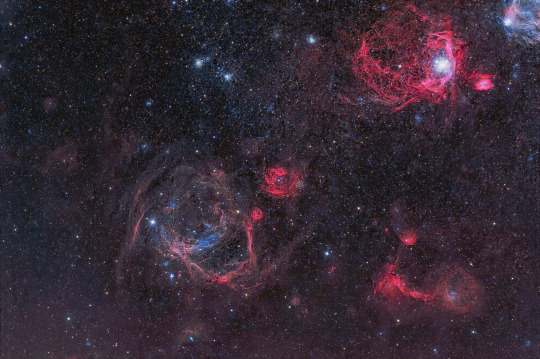
Some various nebulae in the Large Magellanic Cloud // Alex Woronow
#astronomy#astrophotography#nebula#emission nebula#star-forming region#NGC 1838#NGC 1839#NGC 1836#NGC 1850#NGC 1854#large magellanic cloud#LMC#dorado
90 notes
·
View notes
Photo
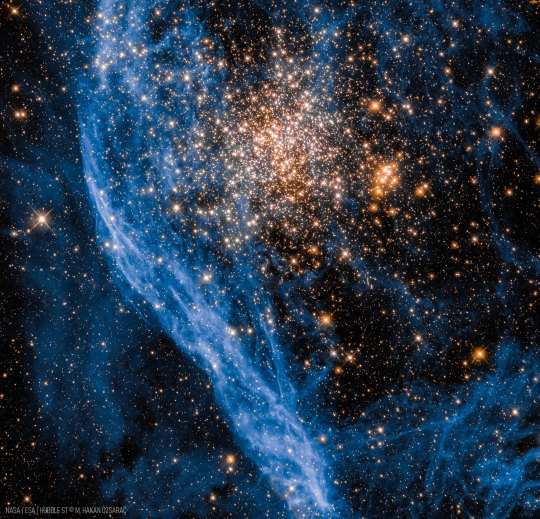
NGC 1850 Star Cluster,
Processing credit: Mehmet Hakan ÖZSARAÇ,
Credit: NASA, ESA and P. Goudfrooij (Space Telescope Science Institute)
#art#photography#cosmos#cosmic#universe#NGC 1850#star#cluster#nasa#esa#p goudfrooij#stars#nebula#galaxy#magical
394 notes
·
View notes
Text
Apareció algo anómalo en el cúmulo estelar NGC 1850
Rayos
Un equipo internacional de astrónomos ha realizado observaciones espectroscópicas y fotométricas del joven cúmulo masivo NGC 1850 con el objetivo de investigar los efectos de la rotación estelar en su población estelar. Los hallazgos, presentados el 1 de noviembre en arXiv.org, podrían ayudarnos a avanzar en nuestro conocimiento sobre los cúmulos masivos jóvenes.
En general, los cúmulos masivos…
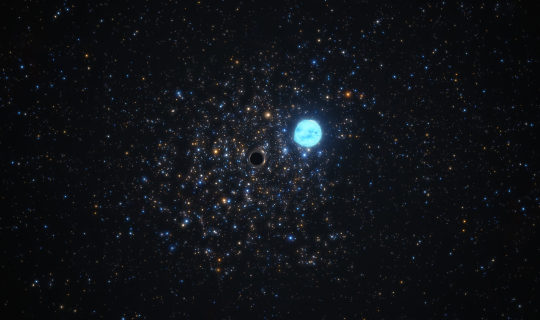
View On WordPress
0 notes
Text

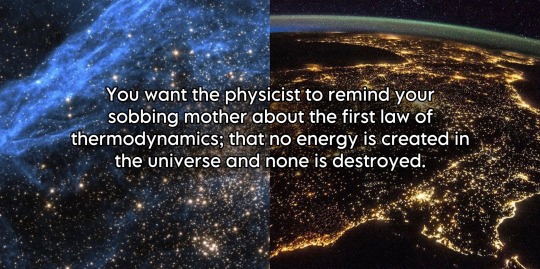
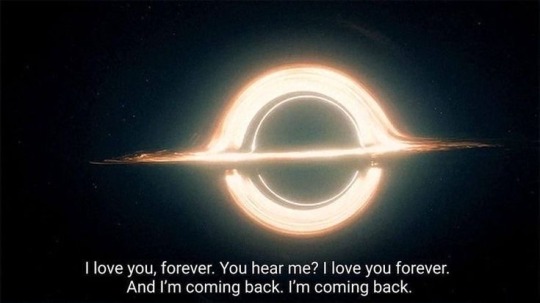





‘Love is the one thing that we’re capable of perceiving that transcends dimensions of time and space.’
“Eulogy from a Physicist” by Aaron Freeman, with quotes from Interstellar by Christopher Nolan, and images from NASA, Interstellar, Getty, Petrichara, and Reuters.
1- NASA: GOODS-South.
2- NASA: NGC 1850.
3- NASA: Iberian Peninsula.
4- Christopher Nolan: Interstellar.
5- NASA: From the Earth to the Moon.
6- Hannah La Folette Ryan: Subway Hands.
7- Adams Evans: Heart Nebula.
8- NASA: Exploring the Antennae.
9- NASA: Crescent Moon from the International Space Station.
10- Petrichara.
11- Getty Images.
12- NASA: SMACS 0723.
13- Reuters
#the comparison of humanity and the universe gets to me alright#we ARE the universe#what do you mean homes look like stars in space and from space we look like stars#what do you MEAN we’ll go back to the stars just as we began#we draw hearts and hearts are in the stars OH MY GOD#good god it gets to me#space#interstellar#stars#grief#love#physics#nasa#webweaving#compilations#subway hands
19K notes
·
View notes
Photo
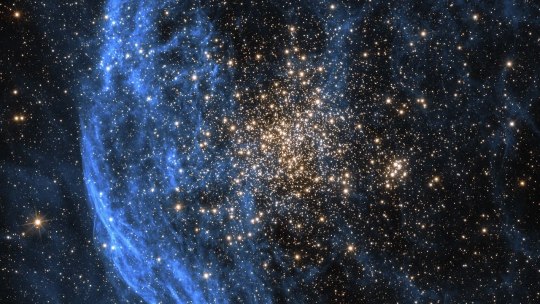
NGC 1850, Star Cluster
#Astronomy#NASA#Night#Sky#Stars#Space#Science#Universe#Cosmos#Cosmic#Solar System#Star#Cluster#Nebula#Galaxy#Constellations#Constellation#Rainbow#Bright
2K notes
·
View notes
Text
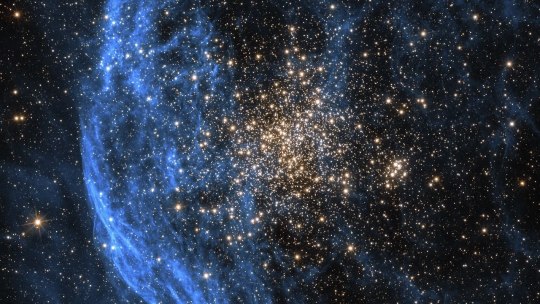
NGC 1850, Star Cluster
#astronomy#nasa#night#sky#space#solar system#galaxy#stars#universe#science#bright#cosmos#cosmic#cluster#nebula#constellations#constellation#rainbow
997 notes
·
View notes
Photo

Globular Cluster NGC 1850, Take One by NASA Hubble
1K notes
·
View notes
Photo

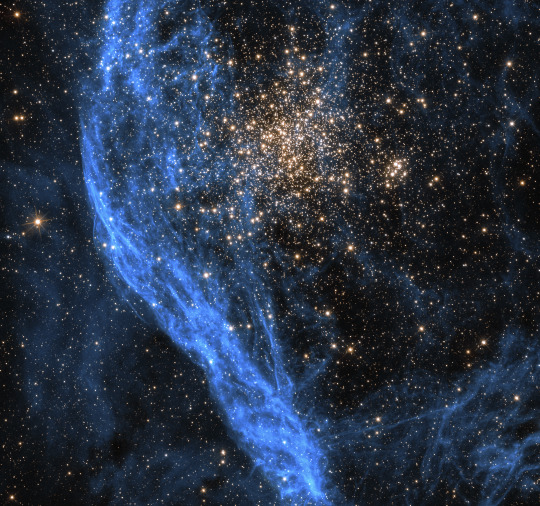
NGC 1850 captured by Hubble. Different filters were used to study particular wavelengths of light. (source)
2K notes
·
View notes
Text


Inktober Day 28 ⁘ Sparkle
“My son, my son. My rosebud boy. I never would have left you. He told me we were stars.”
–Carry On, @rainbowrowell
NGC 1850 Glittering ink by Colorverse
203 notes
·
View notes
Photo
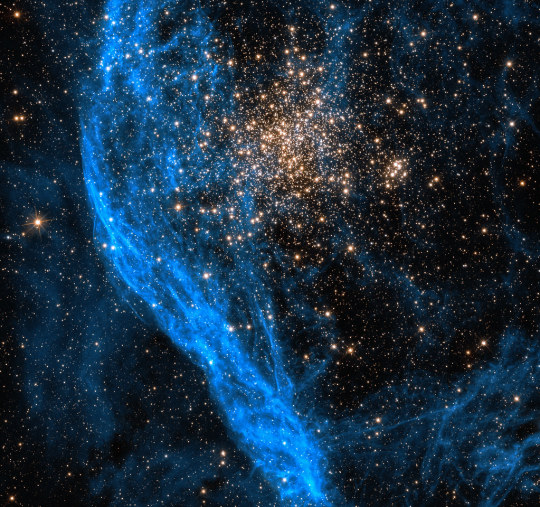
Globular Cluster NGC 1850, Take One by NASA Hubble https://flic.kr/p/2o1Aomm
213 notes
·
View notes
Photo

Double Cluster NGC 1850 © Hubble
#star cluster#space#ngc 1850#universe#astrophotography#stars#night sky#solar system#planet#astronomy#planets#galaxy#cosmos#nebula
1K notes
·
View notes
Photo
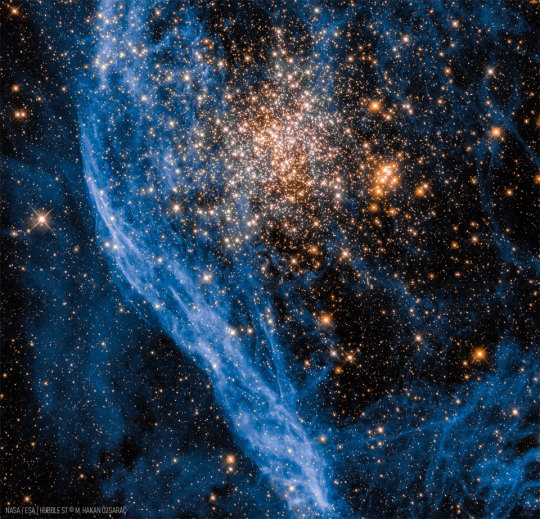
2023 February 20
NGC 1850: Not Found in the Milky Way
Image Credit: NASA, ESA and P. Goudfrooij (STScI); Processing: M. H. Özsaraç (Türkiye Astronomi Derneği)
Explanation: There is nothing like this ball of stars in our Milky Way Galaxy. This is surprising because, at first glance, this featured image by the Hubble Space Telescope suggests that star cluster NGC 1850's size and shape are reminiscent of the many ancient globular star clusters which roam our own Milky Way Galaxy's halo. But NGC 1850's stars are all too young, making it a type of star cluster with no known counterpart in the Milky Way. Moreover, NGC 1850 is also a double star cluster, with a second, compact cluster of stars visible here just to the right of the large cluster's center. Stars in the large cluster are estimated to be 50 million years young, while stars in the compact cluster are younger still, with an age of about 4 million years. A mere 168,000 light-years distant, NGC 1850 is located near the outskirts of the Large Magellanic Cloud galaxy. The glowing gas filaments across the image left, like supernova remnants in our own galaxy, testify to violent stellar explosions and indicate that short-lived massive stars have recently been present in the region.
∞ Source: apod.nasa.gov/apod/ap230220.html
142 notes
·
View notes
Text

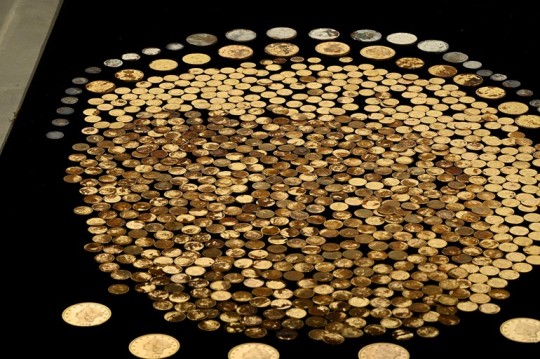
700+ Civil War-Era Gold Coins Found Buried in Kentucky
A man unearthed a huge hoard of Civil War-era gold and silver coins on his Kentucky farm.
A Kentucky man got the surprise of his life while digging in his field earlier this year: a cache of over 700 coins from the American Civil War era.
The "Great Kentucky Hoard" includes hundreds of U.S. gold pieces dating to between 1840 and 1863, in addition to a handful of silver coins. In a short video, the man who discovered the hoard — whose identity and specific location have not been revealed to the public — says, "This is the most insane thing ever: Those are all $1 gold coins, $20 gold coins, $10 gold coins," as he aims his camera at the artifacts tumbling out of the dirt.

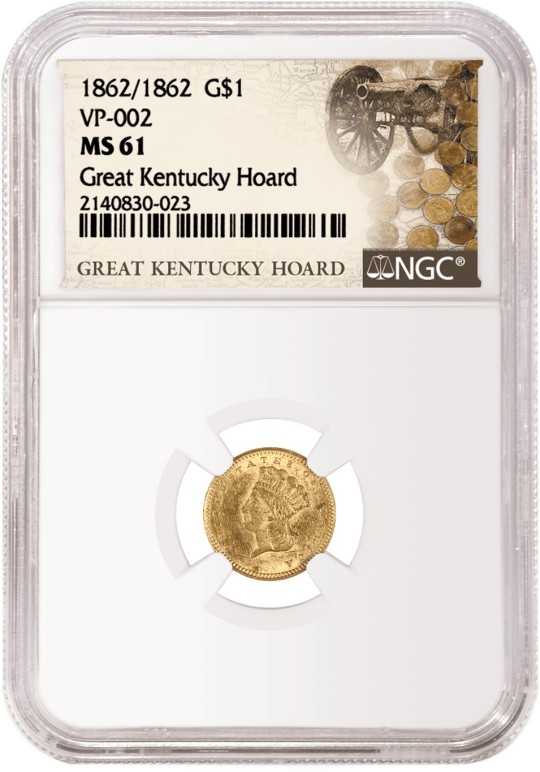
According to the Numismatic Guaranty Co. (NGC), which certified the coins' authenticity, and GovMint, where the coins were sold, 95% of the hoard is composed of gold dollars, along with 20 $10 Liberty coins and eight $20 Liberty coins. The rarest is the 1863-P $20 1-ounce gold Liberty coin. Just one of these coins can go for six figures at auction, and the Great Kentucky Hoard boasts 18 of them. NGC's website notes that the $20 Liberty coin, which circulated from 1850 to 1907, was minted by the Treasury Department after gold was discovered in California. The $20 Liberty coins in the hoard are even rarer because they do not include "In God We Trust," which was added in 1866 after the end of the Civil War.
Potentially more important, though, is what the hoard can tell us about America's history during an extremely tumultuous period.
Ryan McNutt, a conflict archaeologist at Georgia Southern University who has heard about but not seen the hoard, said in an email that "given the time period and the location in Kentucky, which was neutral at the time, it is entirely possible this was buried in advance of Confederate John Hunt Morgan's June to July 1863 raid."
Many wealthy Kentuckians are rumored to have buried huge sums of money to prevent it from being stolen by the Confederacy. James Langstaff left a letter saying he had buried $20,000 in coins on his property in Paducah, William Pettit buried $80,000 worth of gold coins near Lexington, and Confederate soldiers quarantined for measles reportedly stole payroll and hid it in a cave in Cumberland Gap. None of these caches has ever been recovered.

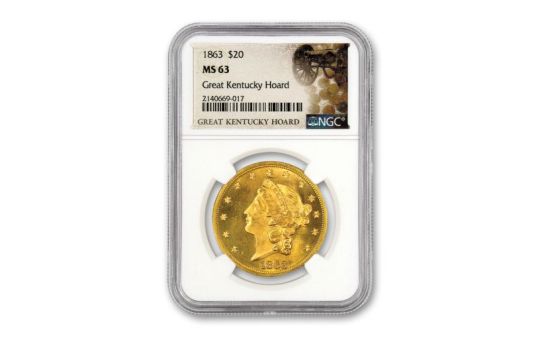
Considering the hoard coins are federal currency, McNutt said, it may be the result of a Kentuckian's dealings with the federal government — "dealings that it would be wise to conceal from a Confederate raiding party." Many Americans affected by the Civil War "became experienced with hiding goods and valuables," he said.
Most concentrations of historical artifacts found on private land end up going to market or being collected without archaeological consultation, according to McNutt. "As a conflict archaeologist, I find this loss of information particularly frustrating," he said. Hoards have an incredible amount of information about the person who collected the objects, offering archaeologists insight into a brief window in time.
Historical finds like these on private land in the U.S. do not need to be reported to an archaeologist. But McNutt, who has developed close relationships with landowners, believes that education and outreach are key to learning more about these rare coin caches.
"It is entirely up to the landowner," McNutt said, but not engaging with an archaeologist means "it's a snapshot of the past, lost forever."
By Kristina Killgrove.
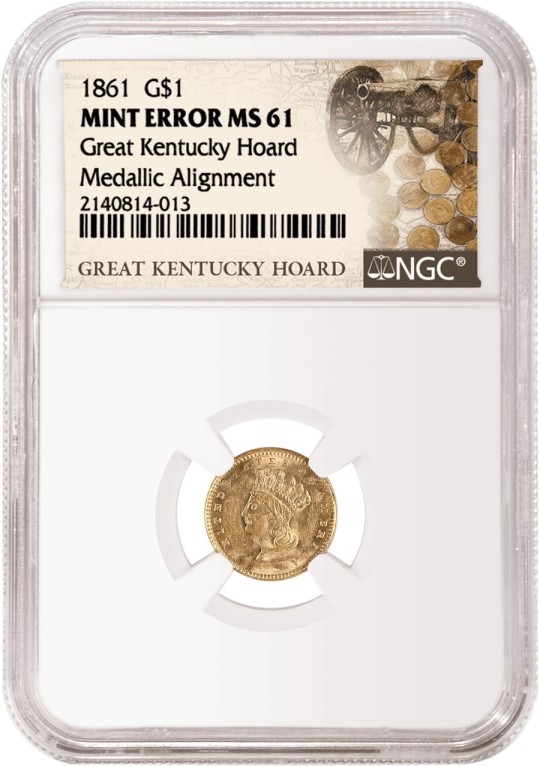
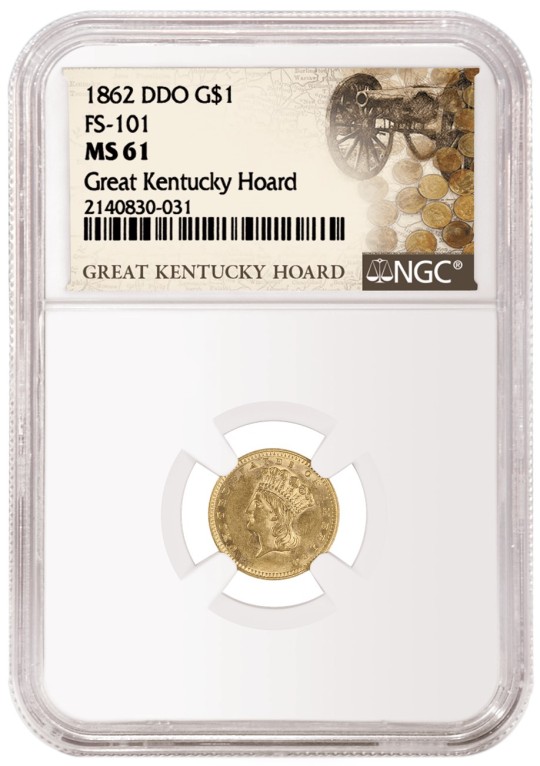


#700+ Civil War-Era Gold Coins Found Buried in Kentucky#The Great Kentucky Hoard#gold#silver#treasure#gold coins#silver coins#collectable coins#rare coins#metal detecting#archeology#archeolgst#history#history news#jackpot#discover#discovered#discovery#lucky#lucky find
48 notes
·
View notes
Text
Apareció algo anómalo en el cúmulo estelar NGC 1850
Apareció algo anómalo en el cúmulo estelar NGC 1850
Un equipo internacional de astrónomos ha realizado observaciones espectroscópicas y fotométricas del joven cúmulo masivo NGC 1850 con el objetivo de investigar los efectos de la rotación estelar en su población estelar. Los hallazgos, presentados el 1 de noviembre en arXiv.org, podrían ayudarnos a avanzar en nuestro conocimiento sobre los cúmulos masivos jóvenes.
En general, los cúmulos masivos…
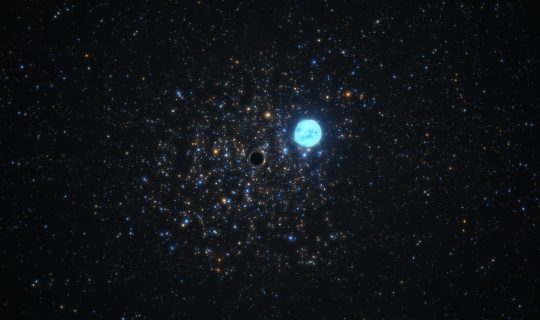
View On WordPress
0 notes
Photo
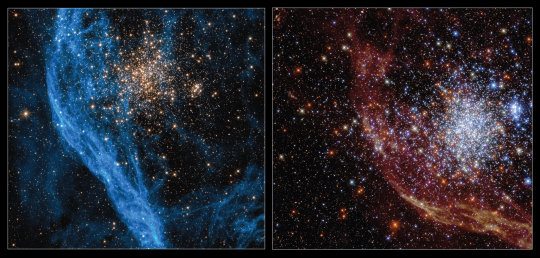


Hubble captures dual views of an unusual star cluster While these two images may look dazzlingly different, they are actually pictures of the same cosmic object: NGC 1850. Although the same Hubble instrument took both images, different filters with different assigned colors were used to study particular wavelengths of light emanating from these objects. The image with blue nebulosity includes some near-infrared light along with visible light (what our human eyes can detect), whereas the image with red nebulosity (also a different "pointing" at the same object) covers a much broader range from the near-ultraviolet to the beginnings of the infrared spectrum. Ultraviolet observations are ideal for detecting the light from the hottest and youngest stars, as seen in this luminous, starry view. This 100 million-year-old globular cluster is located in the Large Magellanic Cloud, a satellite galaxy of the Milky Way and a birthplace for billions of stars. The cluster is approximately 160,000 light-years away in the constellation Dorado. Typical of globular clusters, it is a spherical collection of densely packed stars held together by mutual gravitational attraction. Unlike most globular clusters, however, the stars of NGC 1850 are relatively young. Globular clusters with young stars such as NGC 1850 are not present in our own Milky Way galaxy. Astrophysicists theorize that when the first generation of stars in NGC 1850 was born, the stars ejected matter like dust and gas into the surrounding cosmos. The density of the newly formed star cluster was so high that this ejected matter could not escape the cluster's gravitational pull, causing it to stay nearby. The intense gravity of the cluster also pulled in hydrogen and helium gas from its surroundings. These two sources of gas combined to form a second generation of stars, increasing the density and size of this globular cluster. In 2021, scientists detected the presence of a black hole in NGC 1850. They have also detected many brighter blue stars (seen on the right of the second image) that burn hotter and die younger than red stars. Also present are around 200 red giants, stars that have run out of hydrogen in their centers and are fusing hydrogen further from their core, causing the outer layers to expand, cool, and glow red (seen throughout the second image). Surrounding the cluster is a pattern of nebulosity, diffuse dust and gas theorized to come from supernova blasts (the blue veil-like structures on the first image and the red ones on the second image). NGC 1850 is approximately 63,000 times the mass of the sun, and its core is roughly 20 light-years in diameter. Astronomers used Hubble Space Telescope observations at a wide range of wavelengths to image this large star cluster and learn more about star formation. IMAGE 1....This Hubble image shows the star cluster NGC 1850, located about 160,000 light-years away. For this image, five filters were used with the camera to gather data. Two of the filters were at near-ultraviolet wavelengths, two more at visible light wavelengths, and the final one was in the near-infrared. The data gathered through the two ultraviolet filters is violet and blue. The data from the two visible light filters is green and orange. The color red denotes near-infrared data. The image follows chromatic order, which means the shortest wavelength in the image is blue while the longest wavelength is red. Chromatic order allows us to visualize wavelengths of light beyond our eye’s sensitivity in a way that is familiar to us. Credit: NASA, ESA and N. Bastian (Donostia International Physics Center); Processing: Gladys Kober (NASA/Catholic University of America) IMAGE 2....This Hubble image shows the star cluster NGC 1850, located about 160,000 light-years away. For this image, two filters were used with the camera to gather data, one at visible wavelengths the other at near-infrared wavelengths. Following chromatic order, the shorter wavelength visible light data is blue, while the longer near-infrared data is red. Credit: NASA, ESA and P. Goudfrooij (Space Telescope Science Institute); Processing: Gladys Kober (NASA/Catholic University of America)
69 notes
·
View notes